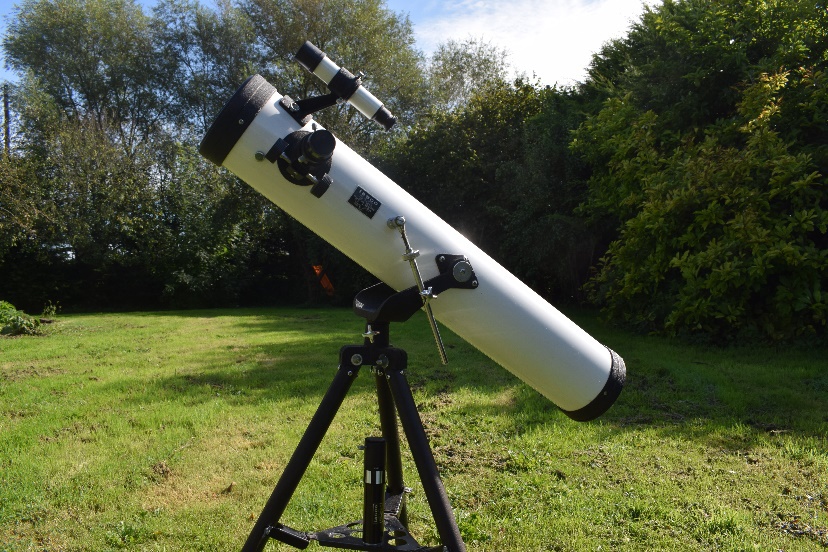Time travel
“People like us, who believe in physics, know that the distinction between past, present, and future is only a stubbornly persistent illusion.”
– Albert Einstein
The ability to travel through time is certainly a fascinating concept, so it is not surprising that ever since the emergence of the book The Time Machine
, over 100 years ago, writers of science fiction and fantasy have frequently returned to it as a plot focus. Let’s first consider travel into the past. This is about as close to impossible as we are ever going to get in this Universe. There simply are no creditable physics-based laws, or even theories, that could accommodate travel backwards in time. There are also two practical considerations that indicate it is not possible:
1. If it were possible, people from the future (and large numbers of people at that), would have already travelled backwards from the future to be with us. We can be pretty sure they have not done so, since concealment of men/women from the future would be effectively impossible.
2. The concept of traveling backwards in time generates a multitude of paradoxes that have no reasonable resolution. For example, suppose I travelled backwards and met and killed my grandfather when he was a young man. That would mean I would never have been born and, if I was not born, I could not have travelled back and killed him, which would mean that I could have been born…
That is not to say that it is impossible to look into the past, at least to some extent. I don’t know if you have ever used a telescope to look closely at the Sun. This can certainly be a fascinating experience – you can easily make out the solar flares (huge plumes) that occur occasionally, as well as interesting sunspots (cooler regions) on the surface. When you do this you are not looking at the Sun as it appears at exactly that instant but, in fact, you are looking into the past – and seeing phenomena on the Sun that existed around eight minutes previously. I have done this myself. For the last 40 years, I
have had a 3-inch Newtonian reflector and I strongly recommend astronomy with a small telescope – or even a good pair of binoculars – as a fascinating hobby.
To be honest, a 3-inch reflector is a little too small to get brilliant viewing of distant/dim objects such as nebulae and galaxies, but it is ideal for studying the planets and for lunar and solar observation. On more than one occasion, I have managed to impress friends and visitors by showing them the four main moons of Jupiter and the ‘ears’ of Saturn (in 1610 Galileo said Saturn had ears – he was surely referring to the beautiful rings, but the telescopes of his time did not provide the resolution he needed to see them for what they really were).
My 3-inch reflector telescope – excellent for lunar, solar, and planetary observation. (Photograph by the author.)
In such a telescope, details of lunar features such as mountains can also be clearly seen, and I once even observed a transit of Venus across the Sun. I must mention though, that if you do wish to
observe the Sun, be sure to use the telescope to project its image onto a screen; some telescopes do include a filter designed for solar observation, but projection is by far the safest approach.
Apologies for the telescope digression, but my point is that astronomical observations involve looking into the past – the only question is how far back we are looking – which depends upon the distance of the object concerned. By the way, the most distant object that can be observed with the naked eye is the Andromeda Galaxy. If you live away from cities and street lighting, have a look for it near the Cassiopeia constellation on a very clear night. It is very dim but also surprisingly large – about the same apparent size as the moon, which also gives you an idea of how big it is when you appreciate that it is 2.5 million light years from Earth. Good grief; how far is that? (Actually, it’s about 14.7 trillion miles.) If you manage to do this, you really will be looking 2.5 million years into the past! Some science fiction writers have imagined aliens with excellent telescopes who point them towards Earth and thereby can take a peek into our history. This is, however, a rather unrealistic concept. It is imaginable that someone on the Moon, with a very high-resolution telescope, may be able to point it towards the Earth and make out some (large scale) features of interest. In doing so, they would be looking into the past by around 2.5 seconds. It is not, however, reasonable to assume that they could make out any human-scale features. Regarding aliens, such observers would be many light year’s distant - far too remote to resolve any features of interest since the light would have spread out and dramatically diminished before reaching them. (Intensity of a light from a body such as the Earth varies with 1/d2
, where d is the distance of the observer; so, as you can imagine, as d becomes extremely large the intensity becomes vanishingly low.)
So, although journeys into the past are not on the cards, what about travel into the future? Actually, this is entirely possible and does not contravene any of the laws of physics. A favourite way of accomplishing it in science fiction and fantasy stories, is for the would-be time traveller to expose themselves to a ‘metabolic-reduction’ agent, or something similar. Am not sure if you have seen the Twilight Zone
episode where a group of bank robbers plan to hide in a cave with their stolen heist until the police have stopped looking for them. Their idea was to spend around 50 years each in a glass case into which a special gas was to be pumped to send them to sleep for the duration. Unfortunately for one of them, a rock fell from the cave roof and cracked his case causing the gas to seep out, so that by the time the others awoke he consisted of little other than a skeleton. Such complications might be avoided by simply locating oneself near a very massive body and relying on general relativity time dilation. Einstein’s great work, his theory of general relativity, proposed that space and time are distorted near a massive body, causing time to pass more slowly; and the closer you are to the object’s centre of gravity, the more pronounced the effect. If a person ventured towards such a massive object, they would not notice that time was slowing, but if they then left and travelled back to their comrades, they would discover the latter to now be slightly older than themselves. For the same reason, we might expect the Apollo astronauts to be somewhat older than the rest of us, due to the fact that they spent some time away from the Earth and on an object that is significantly less massive than the Earth – specifically the Moon. The effect would, however, only be minimal and would have been lessened by the accelerations they experienced during their voyage – particularly the launch from Cape Canaveral (time dilation is caused by both gravity and accelerations). To explore the effects of time dilation due to gravity, we can do no better than look to the science fiction film Interstellar
. Here, some travellers are in a spacecraft that approaches ‘Miller’s Planet’ – an ocean world that is located near a black hole.

A scene from the film
Interstellar
, where the robot Tars is rescuing an astronaut on Miller’s Planet, an ocean world. Astronauts visit the planet, but it is near to a black hole that causes severe time dilation, so that by the time the astronauts return, 23 years have elapsed for their colleague on the spacecraft. This is an example of time dilation due to gravity – which is described in Einstein’s theory of general relativity. (Illustration by the author.)
Some of them decide to go down to the planet surface while the other remains in orbit. They have some trouble in an ocean on the surface – due to an enormous tidal wave caused by the proximity of the black hole. Things are sorted out, largely due to the intervention of the robot TARS (a device which I am sure would be very useful in the home – or anywhere else come to that). However, the tidal wave did cause them to spend a few more hours on the surface than expected, with the result that when they re-joined their colleague in the spacecraft they found that while they had been on the surface, 23 years had passed for him! God he must have been bored – 23 years flying around in a tin can waiting for his friends to sort out a simple job on a planet. The important point is though, that the two
travellers had been exposed to a very high gravitational field which had slowed down time for them and effectively enabled them to travel into the future.


